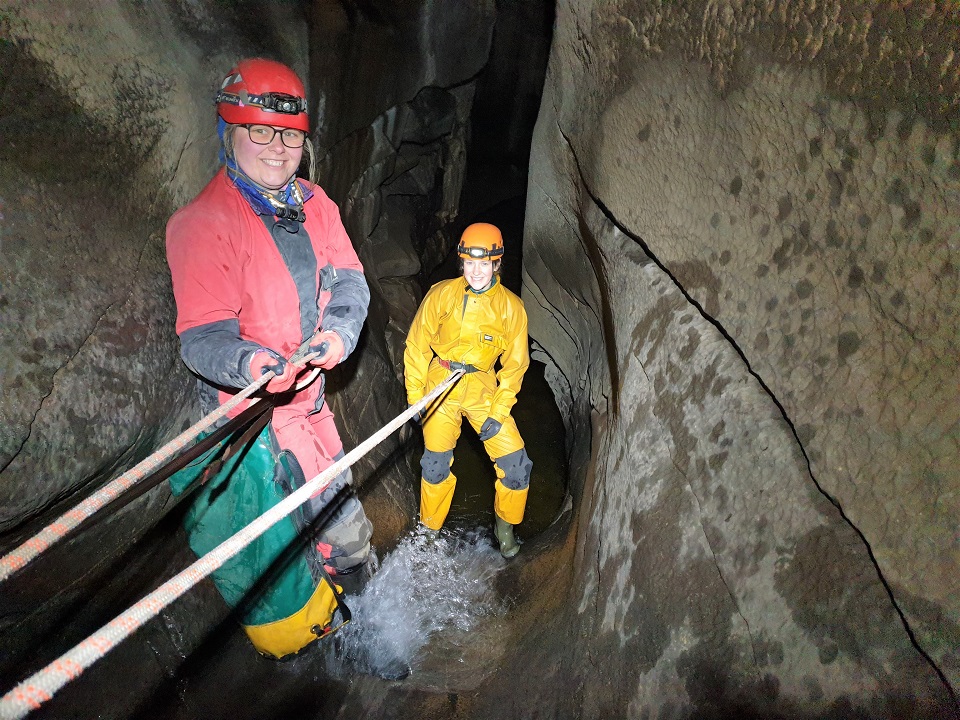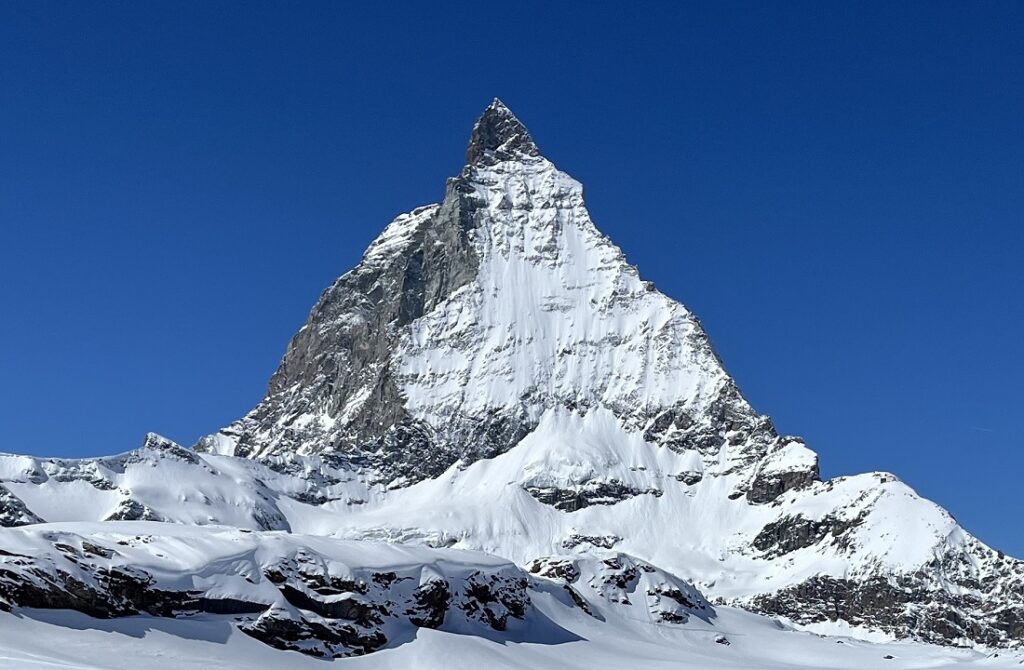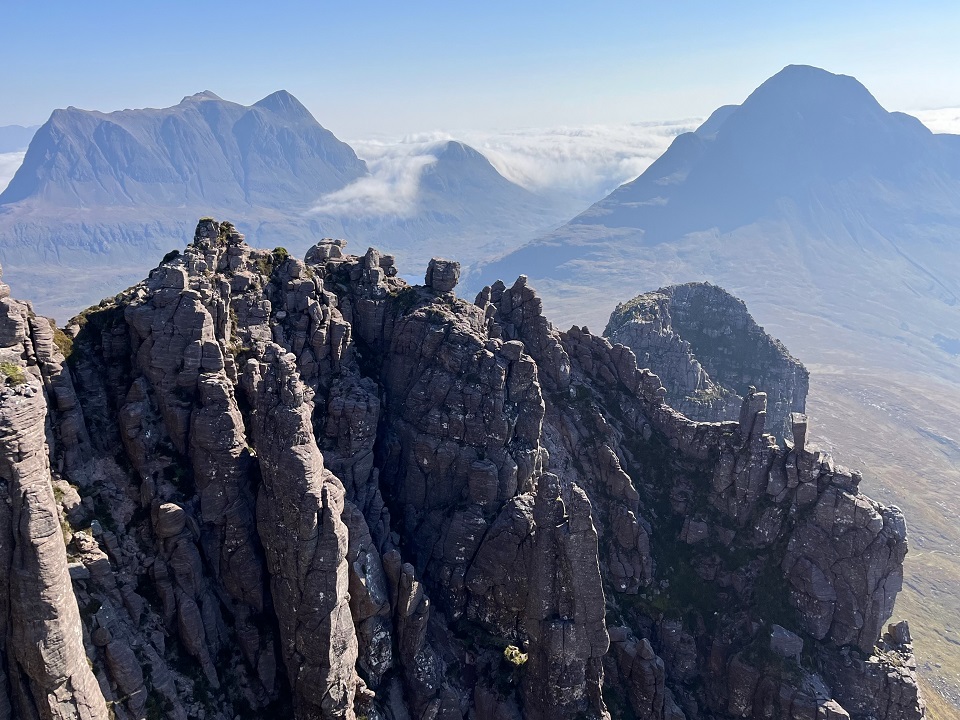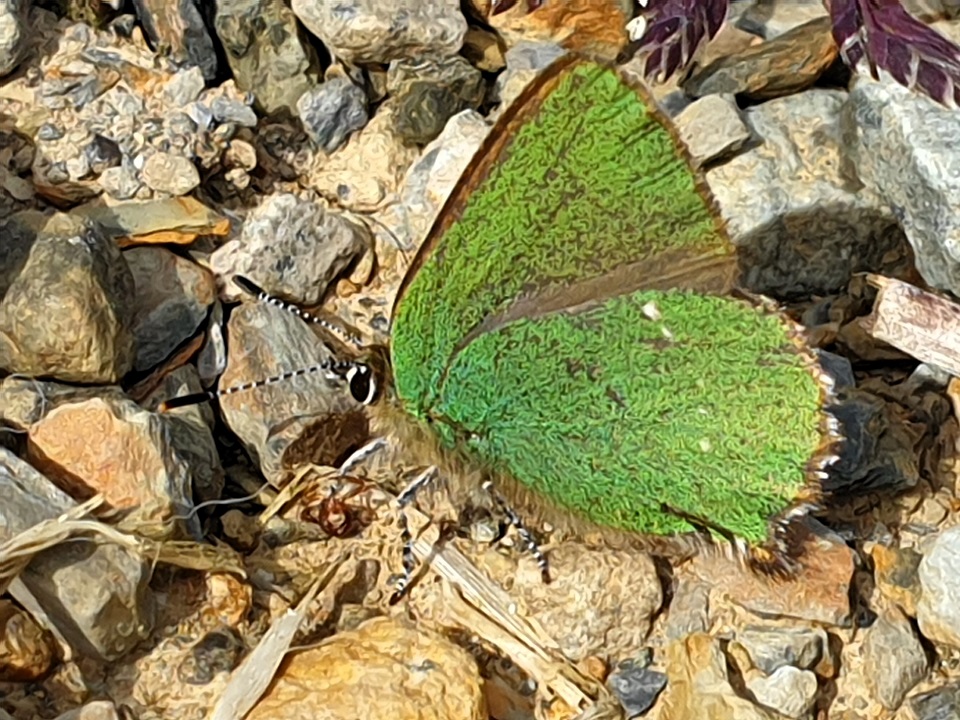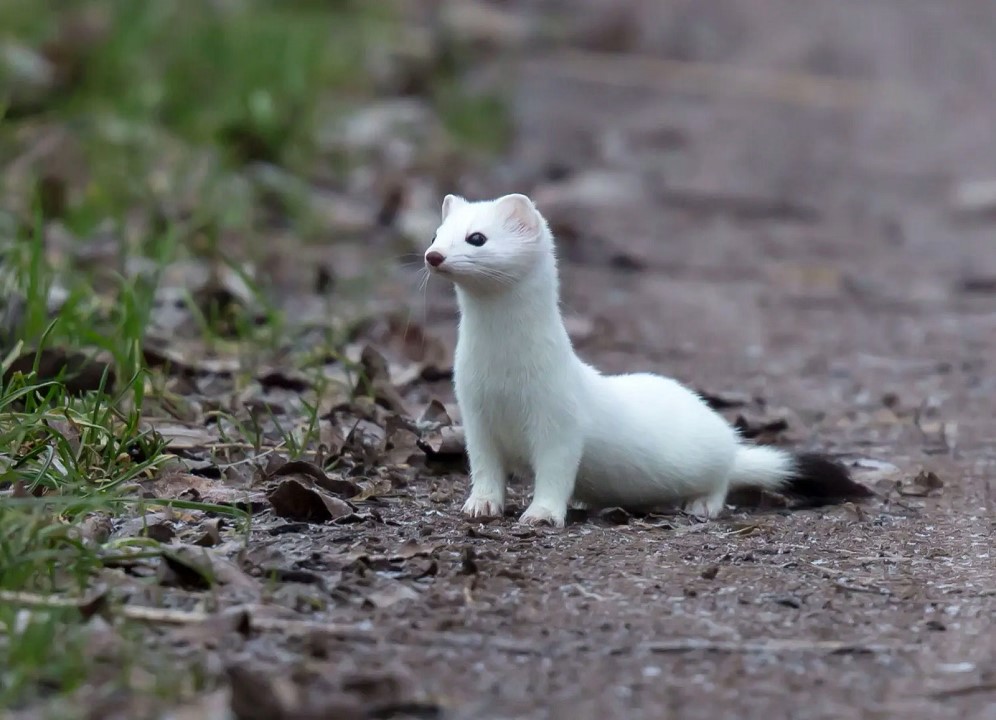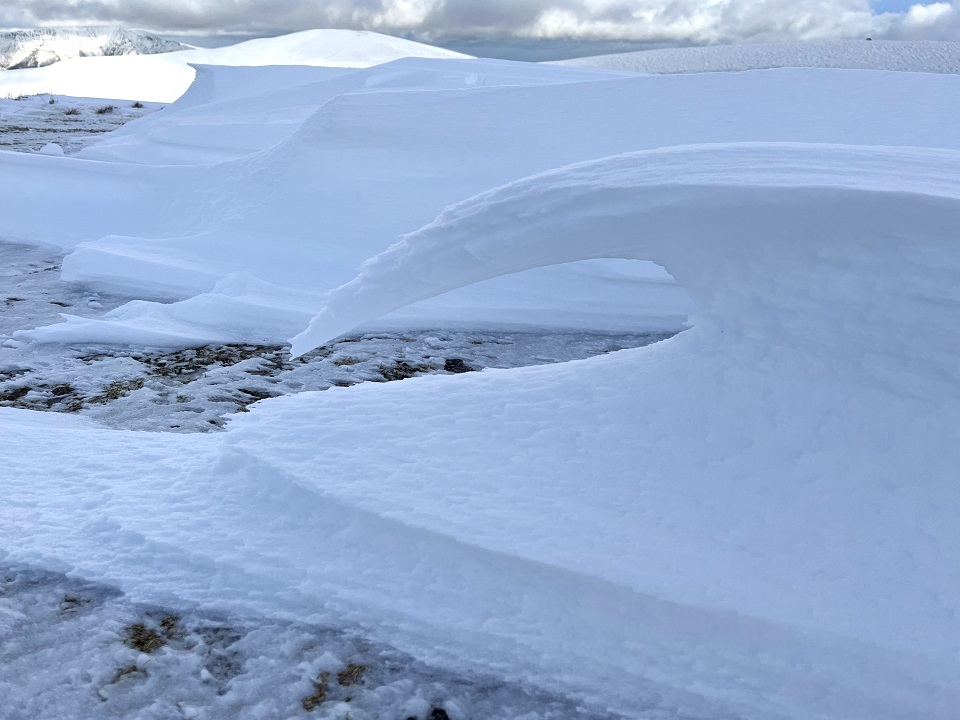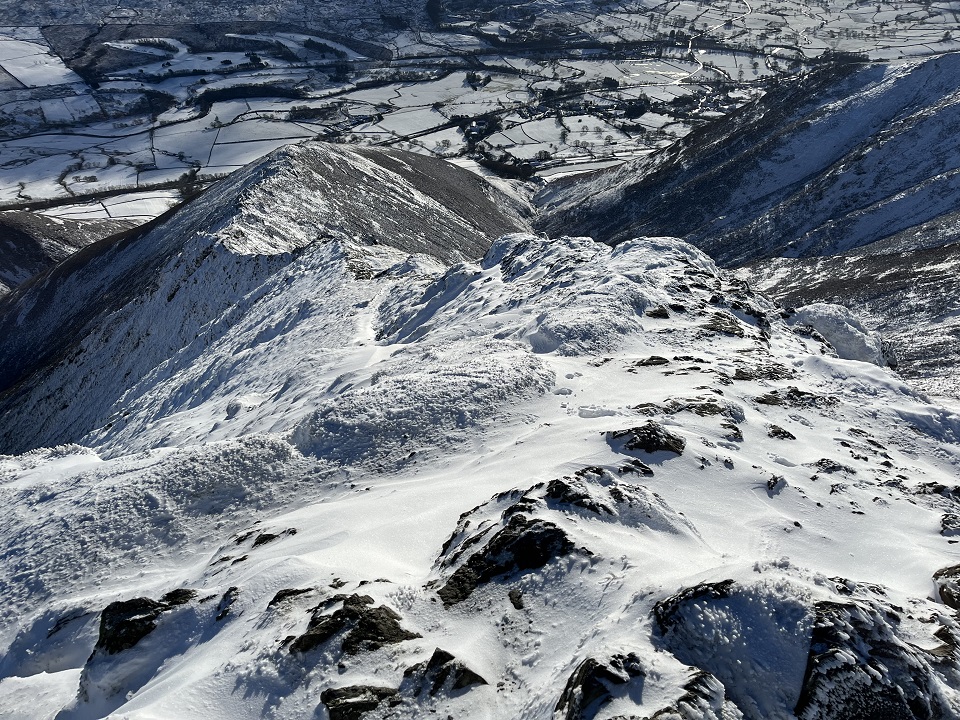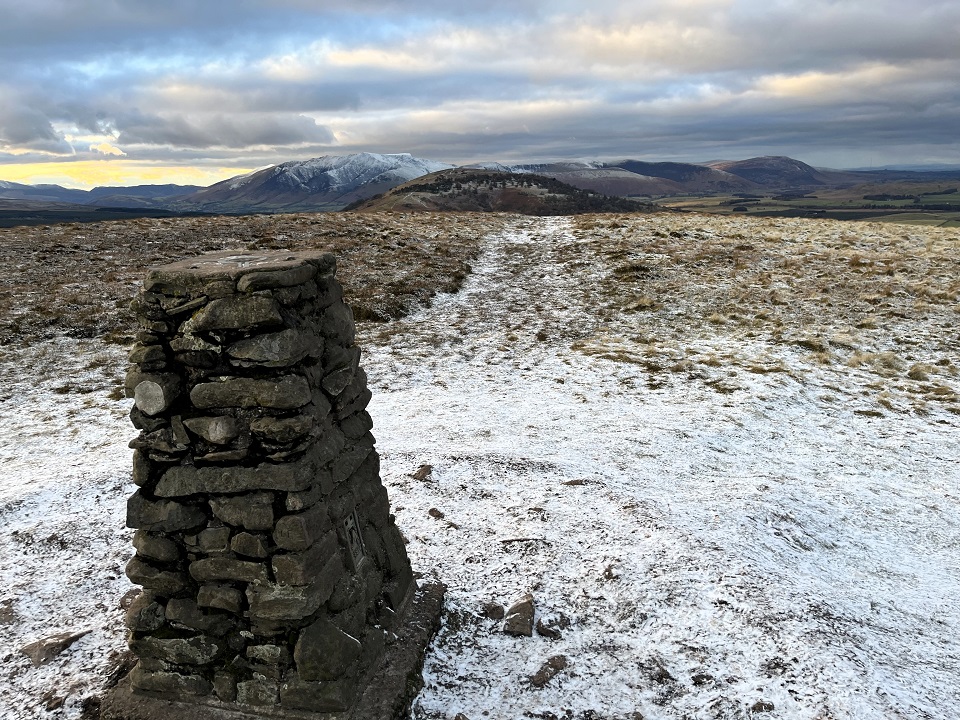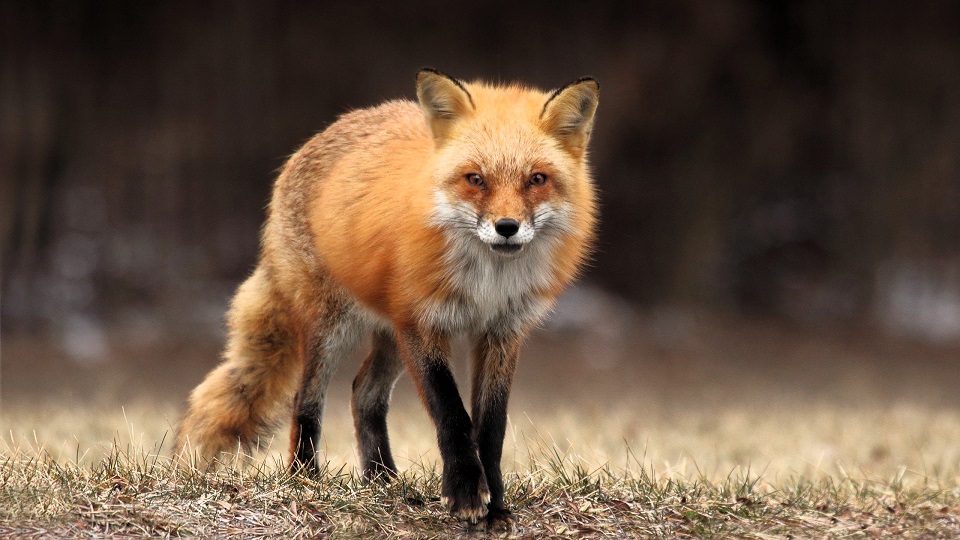Cave Leader Training, Yorkshire Dales
Steve was out last week running a Cave Leader Group Day assessment in the Dales. The candidate gave her clients a great day out in excellent conditions.
If you are interested in developing your caving qualifications, Steve has a Cave Leader Training course based near Ingleton on May 6th & 7th. The two day course covers appropriate geography and geology with a focus on limestone, karst environments. It also includes access, conservation, environmental issues, hydrology and, critically, cave formation and cave formations. It’s an entirely practical, outdoor course and there’s plenty of opportunity for activity and to learn and practise relevant ropework, leadership and group management strategies. There’s no requirement to go on to assessment as the course is valuable for any caver who is interested in the content.
If you’d like to know more or are keen to enrol, please contact Steve on 07796 213817 or at steve@stevebanksoutdoors.co.uk He be pleased to hear from you and will do his best to help.
